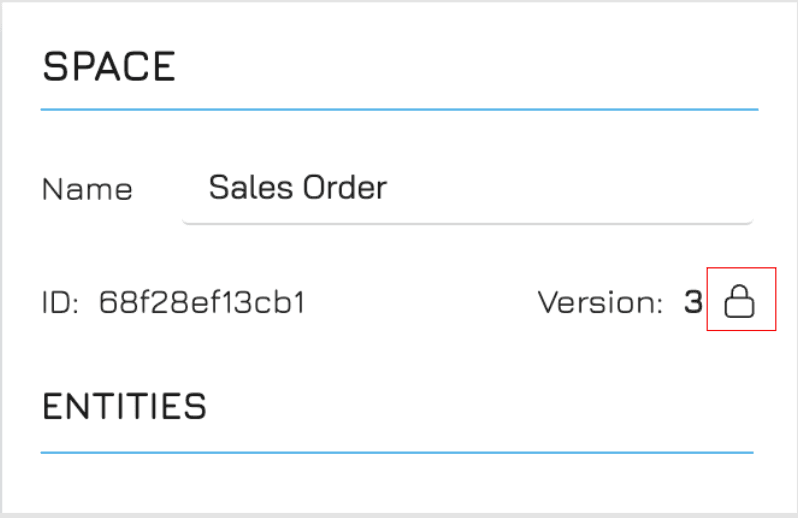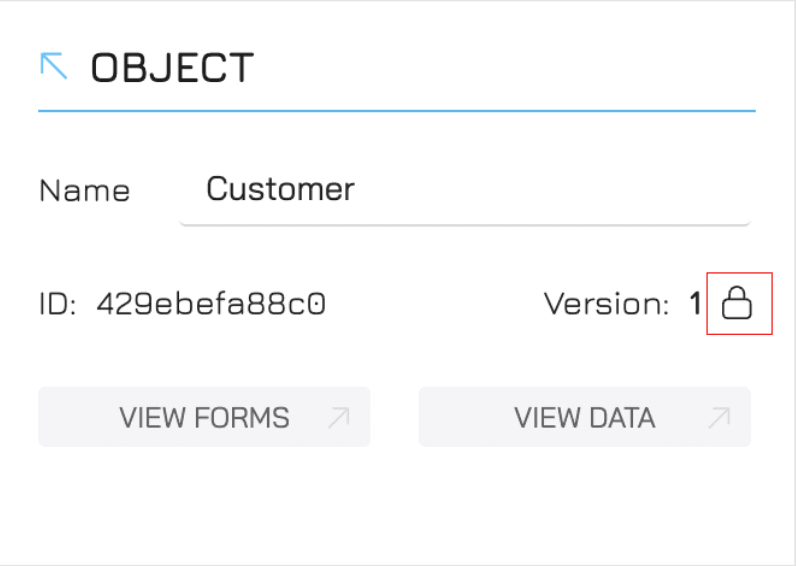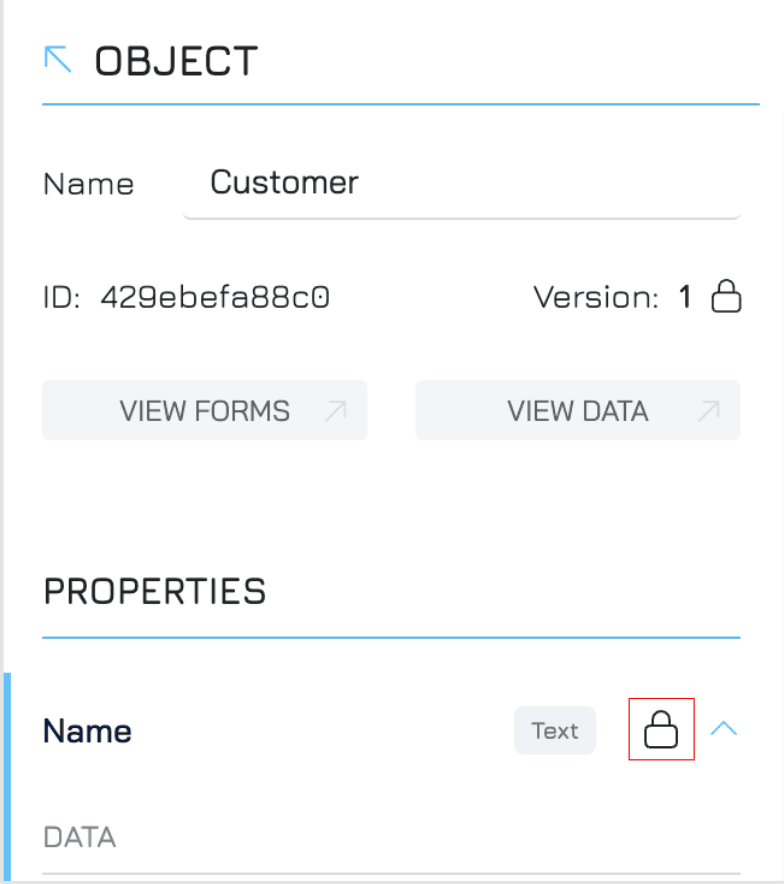Core Permission Overview
Permission Levels
Engyn Core permissions control who can access data and what operations are allowed at different levels within the platform. Permissions are structured across three key levels:
Space Level: Controls access to all objects within a space.
Object Level: Controls access to specific objects within a space.
Property Level: Controls access to individual properties within an object.
Assigning Permissions
Permissions can be assigned to user roles, individual users, or made available to the public:
Role: Permissions are assigned based on specific roles within the system (e.g., Admin, Designer).
Individual: Permissions are granted to specific users.
Public: Permissions are extended to anyone who can view the object, even outside your organisation.
Granular Permission
Granular permissions allow you to control access at a very detailed level. You can define who can view, edit, delete, etc. specific fields or records, giving you complete flexibility over data access.
Preset Permission
Preset permissions are predefined sets of permissions that you can select from, allowing for faster setup. These presets offer common permission configurations, making it easier to apply standard access rules quickly.
Currently, Engyn Core supports the following preset permissions:
Preset | Read Only | Submitter | Participant | Editor | Designer | Admin |
View | x |
| x | x | x | x |
Add Record |
| x | x | x | x | x |
Update Record |
|
|
| x | x | x |
Delete Record |
|
|
| x | x | x |
Run |
|
|
| x | x | x |
Delete |
|
|
|
| x | x |
Edit Settings & Design |
|
|
|
| x | x |
View Permissions |
|
|
|
| x | x |
Edit Permissions |
|
|
|
|
| x |
Space Level Permission
Space Level permissions control access to objects within a specific space. Users need space access to interact with any data inside it.
Default Permissions
Default permissions for a space are set as follows:
Organization’s users: Designer
Admin: Full Access
Owner/Creater: Admin
Granular Permissions
Spaces have the following granular permissions:
Permission | Description |
View | Allows users to view the space schema and summary/configuration info about the space entities. |
Add Record | Allows users to add a new record. |
Update Data | Allows users to change any data in the space. |
Delete Record | Allows users to delete any record in the space. |
Run | Allows users to trigger a script or automation to run. |
Delete | Allows users to delete the space. |
Edit Settings & Design | Allows users to change space settings and schema. |
View Permissions | Allows users to view the permissions that are set. |
Edit Permissions | Allows users to edit the permissions that are set. |
Object Level Permission
Object Level permissions control which object (tables) a user can access in a space. Users must have permission at this level to view or edit any fields within a table.
By default, no permissions are set at this level.
Granular Permissions
Objects have the following granular permissions:
Permission | Description |
View | Allows users to view the details of the object and the queries it contains. |
Add Record | Allows users to add new records. |
Update Record | Allows users to change record data in the table. |
Delete Record | Allows users to delete records in the table. |
Run | Allows users to trigger a script or automation to run. |
Delete | Allows users to delete the object. |
Edit Settings & Design | Allows users to change object settings and schema. |
View Permissions | Allows users to view the permissions that are set. |
Edit Permissions | Allows users to edit the permissions that are set. |
Property Level Permission
Property-level permissions control access to specific fields within an object. This allows you to restrict certain users from seeing or changing particular data, even if they can access the rest of the object.
By default, no permissions are set at this level.
Granular Permissions
Properties have the following granular permissions:
Permission | Description |
View | Allows users to view the property/column |
Add Record | Allows users to add new records. |
Update Record | Allows users to change record data for the property. |
Delete Record | Allows users to delete records in the table. |
Run | Allows users to trigger a script or automation to run. |
Delete | Allows users to delete the property. |
Edit Settings & Design | Allows users to change property settings and configuration. |
View Permissions | Allows users to view the permissions that are set. |
Edit Permissions | Allows users to edit the permissions that are set. |
Setting Permissions
Access Permission Setting
Space Permission
Navigate to Model View.
Select the space where you want to set permissions to enter its Space View.
Click on the lock icon in the right sidebar to open the permission settings.
Object Permission
Inside the space, double-click on an object to enter its Object View.
Click on the lock icon in the right sidebar to access the object’s permission settings.
Property Permission
In the Object View, click the dropdown icon next to the property name you want to set permissions for to open its setting.
Click on the lock icon next to the property's data type to open the permission settings.
Add Permissions
Select the User or Role you want to assign permissions to.
Click the dropdown icon next to the user or role to open the available permissions list.
Choose the appropriate permission from the list of preset options
Set Public Permission
To grant public access (allowing users outside your organization to submit data):
Click the Give Public Access button.
Once enabled, anyone can add records to your table without needing an Engyn account, useful for gathering responses from external users or clients.
Remove Permissions
Hover over the user or role whose permission you wish to revoke.
Click the X icon to remove their access.






